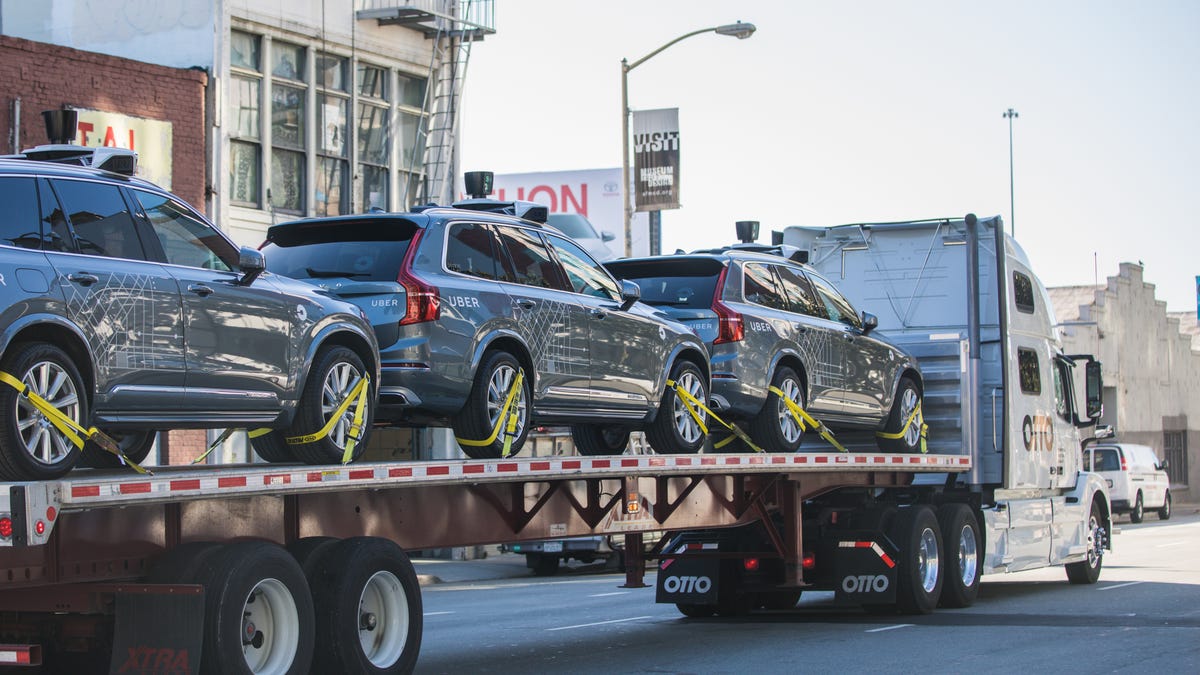Uber's self-driving tests will resume in the near future
The company is still in the midst of a safety review following its fatal accident.
Uber's Elevate conference might place most of the focus on flying taxis, but the ride-hailing company's CEO had some things to say about its currently suspended autonomous-vehicle tests, too.
During the Elevate conference, CEO Dara Khosrowshahi said that his company's self-driving vehicle will once again hit the road "within the next few months," and when that happens, "it's going to be in as safe of a way as possible."
There are no firm dates yet, and Uber will face some hurdles in the process. TechCrunch points out that, in order to resume tests in California, Uber will need to apply for a new permit and possibly even have a meeting with the California DMV, which will likely focus on the safety of its autonomous development vehicles.
Uber suspended its AV development after an Uber-branded Volvo XC90 collided with and killed a pedestrian in Tempe, Arizona in March. It was the first fatal crash involving an autonomous vehicle. Uber said it's cooperating with the National Transportation Safety Board's investigation, and the company has launched an internal review into its own safety practices, as well.
While the Uber crash hasn't suffered many information leaks, sources told The Information earlier this week that Uber allegedly discovered a software problem that could have led to the fatal crash. Apparently, the vehicle's sensors did detect the pedestrian killed in the crash, but it decided that it didn't need to immediately react. The vehicle was operating in autonomous mode at the time of the crash, and while there was a safety operator in the driver's seat, they were not paying attention to the road in the moments leading up to the collision.


